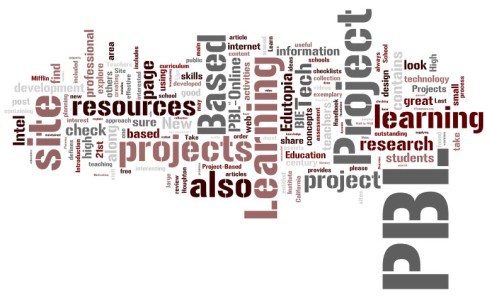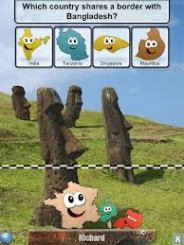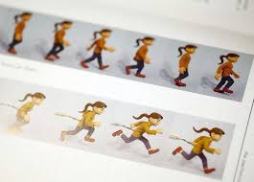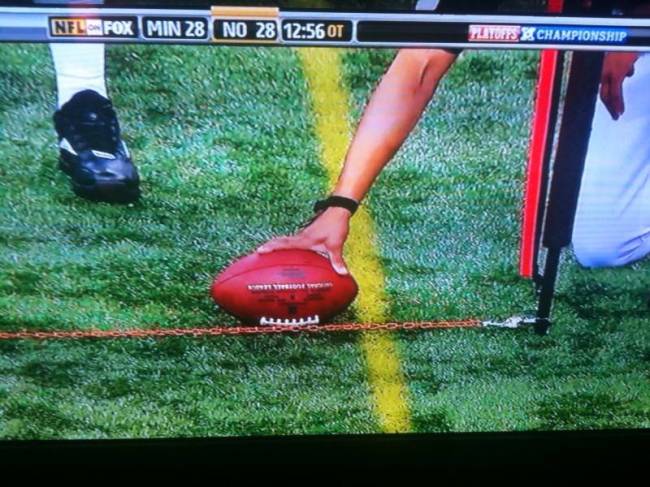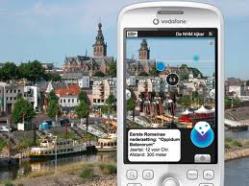Project based learning has been around for a while in education. However, with the new technological developments that we have today, the possibilities of project based learning have been extended. I have some experience with project based learning here at UGA. I took EFND 2110 and 2120 during the fall of 2012 and spring of 2013. In each of these classes, I was assigned to spend time at two different local Boys and Girls Clubs. While volunteering my time, I was conducting a learning project with the kids. This was an experience that could not have been possible through reading a textbook or researching online. I learned through many real life situations and gained valuable knowledge about myself and kids from a social and educational standpoint.
One of the main pros of project based learning is less lecturing and more “doing.”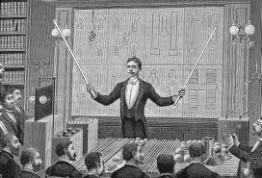
In addition to student’s being put in more real life situations, they are also more likely to be motivated by projects. I feel like most students want to see their project succeed, which contributes to them being motivated to learn. Project based learning can be very positive, however, the only real con that I see is that this style of learning can be too focused on one specific skill-set. This is not always the case, but I feel as though sometimes other skill-sets are neglected through the use of project based learning.
In my opinion, as a teacher, it would be tougher to manage a classroom while focusing on project based learning. It would be challenging to make sure that the classroom was still somewhat structured enough to keep it effective. If not careful, kids would choose to only focus on things that coincided with their personal preferences and interests. However, as I mentioned earlier, the motivation of the kids to learn would be greatly enhanced through the use of these projects. Motivation is something that cannot be taken for granted.

